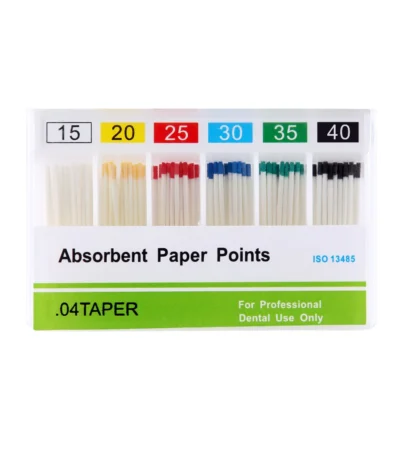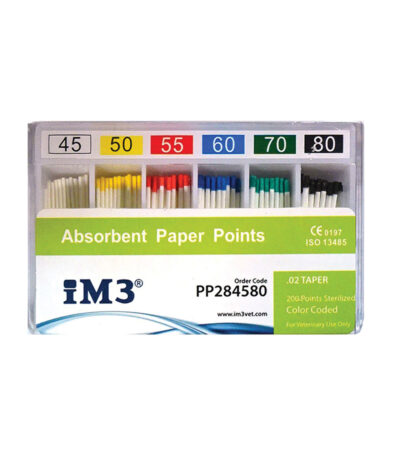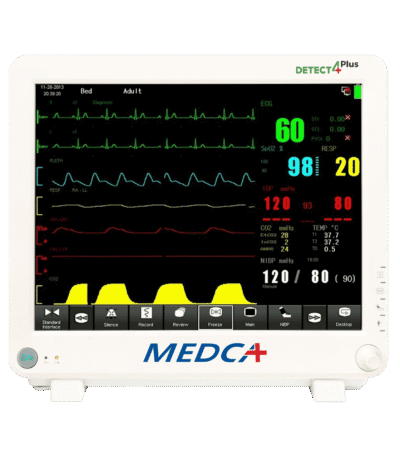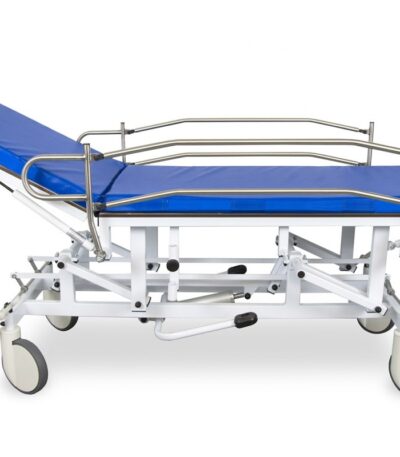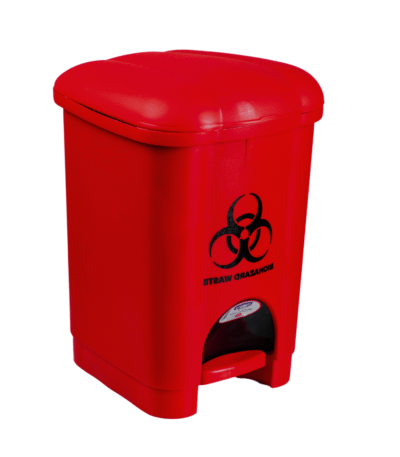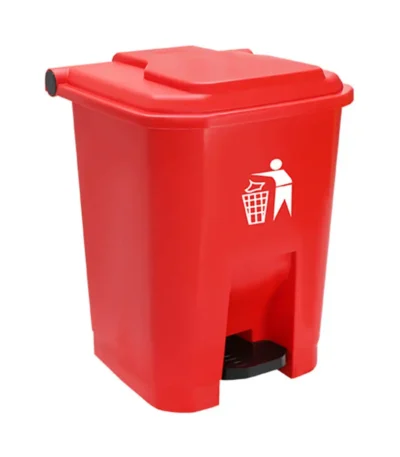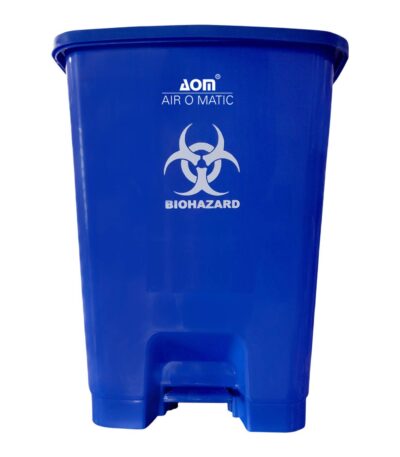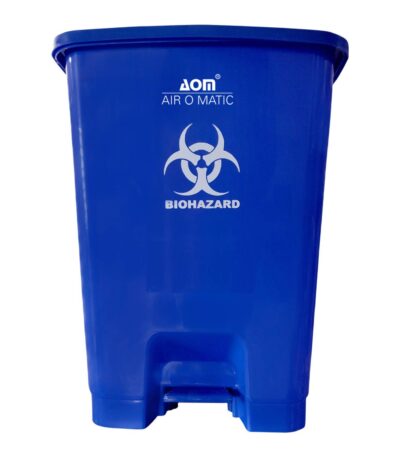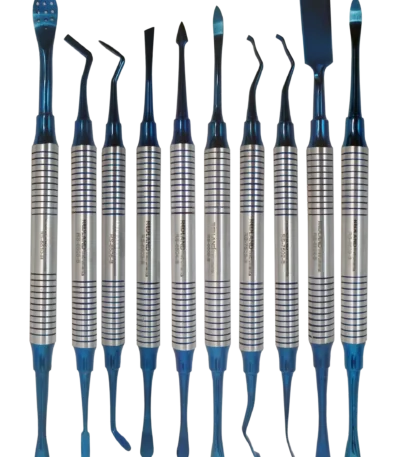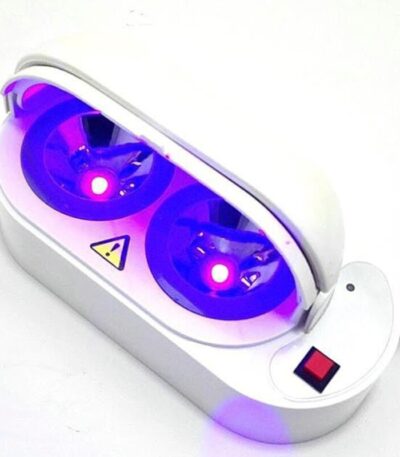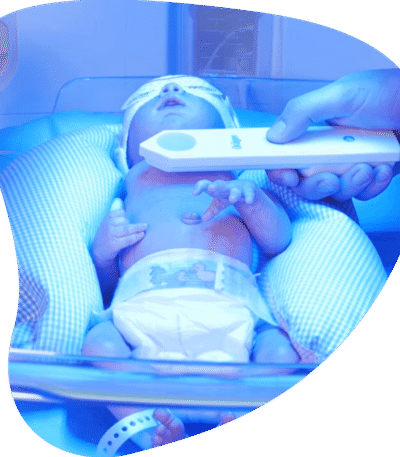Filter by price
Stock status
Showing 433–444 of 571 results
Paper Points – Sizes 15 to 40
Paper Points – Sizes 45 to 80
Patient Monitor (7 Parameters)
Patient Trolley
Peddle Bin (B,Y,R) 30litres
Peddle Bin (B,Y,R) 30litres
Key Features
- Pedal design – stepping on pedal as you like, very convenient and prevent the smells from passing up into the air effectively.
- Application – its simple style can fit various home styles very well, perfect for kitchen, living room, bathroom or office, etc.
- Quality material – made of quality Plastic material in fine workmanship that is solid and durable.
- With rounded corners is burr-free, wont hurt hands when you change garbage bags. Also keep clean and tidy.
Peddle bin (Multi Colour) 30litres
Periosteal Elevators
A Periosteal Elevator is a surgical hand instrument used in oral and maxillofacial surgery to separate (elevate) the periosteum — the thin layer of connective tissue covering the bone — from the underlying alveolar bone. It is also used to reflect soft tissues, lift flaps, and expose bone surfaces during dental surgical procedures such as extractions, flap surgeries, and implant placement.
Phosphorus Reagents
Principle of Measurement
1. UV Phosphomolybdate Method (Most modern analyzers)
How it works:
-
Inorganic phosphate reacts with ammonium molybdate in an acidic medium.
-
Forms a phosphomolybdate complex.
-
The complex is measured photometrically in the UV range (usually 340 nm).
-
The absorbance is directly proportional to phosphate concentration.
Advantages:
-
Fast and highly specific
-
Suitable for fully automated analyzers
-
Minimal interference
2. Reduced Phosphomolybdate Method (Colorimetric)
How it works:
-
Phosphomolybdate complex is formed.
-
The complex is reduced to a blue-colored compound (“molybdenum blue”).
-
Measured at 600–700 nm, depending on dye.
Advantages:
-
Strong color intensity
-
Stable reaction for manual or semi-automatic systems
Reagent Components
Phosphorus reagent kits typically include:
R1 (Acid/Molybdate reagent)
-
Ammonium molybdate
-
Sulfuric acid or perchloric acid
-
Stabilizers
-
Surfactants
-
Preservatives
R2 (Reducing reagent) (if applicable)
-
Reducing agents (e.g., ascorbic acid, stannous chloride)
-
Dye stabilizers
Some kits are single-reagent formulations.
Packaging Formats
-
Liquid-stable ready-to-use reagents
-
Two-reagent systems (R1 + R2)
-
Analyzer-specific cartridges
-
Optional calibrators and controls
Common volumes: 25 ml, 50 ml, 100 ml, 250 ml.

